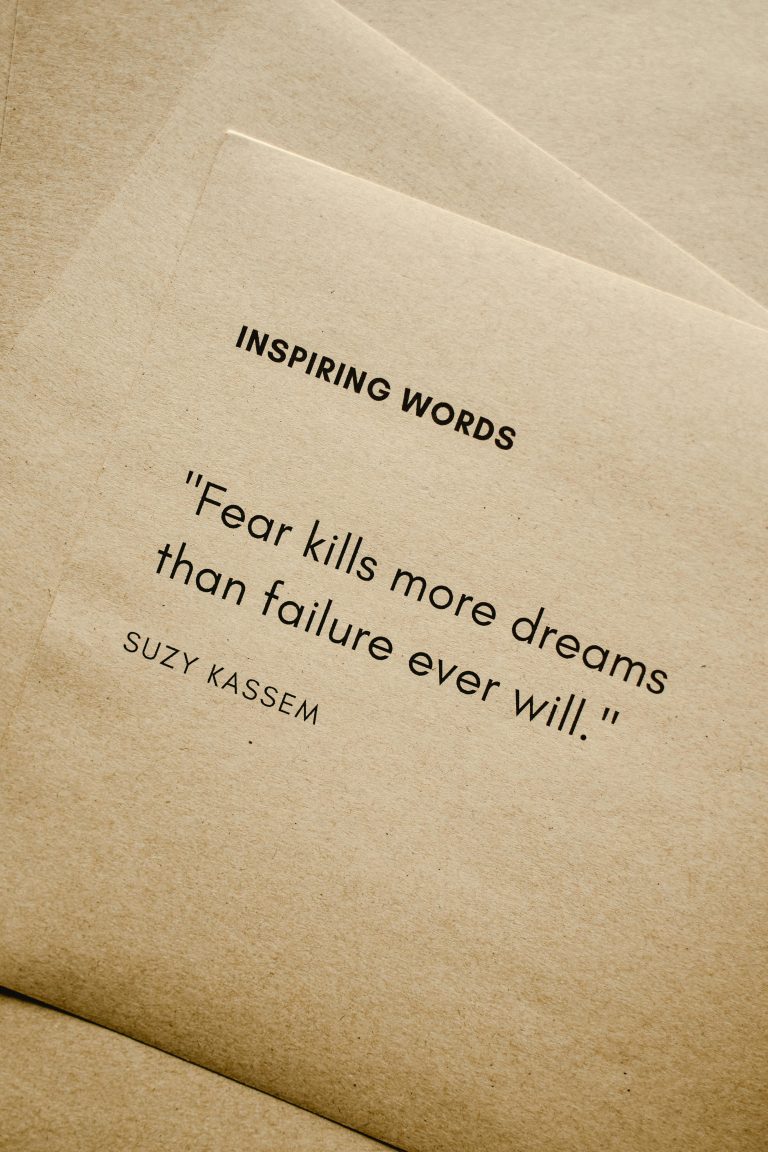Three Acts: Beginning, middle, end.
Five Acts: Opening, Rising action, Climax, Falling action, Resolution.
How about Seven Acts?
The Story Grid, Story Engineering, Save the Cat, The Hero’s Journey, Story Shapes (thanks Mr. Vonnegut)…
There are many different ideas of story structure. They often overlap in critical ways, but there are also differences. Some proponents of what we shall call different ‘structure schools’ state that theirs is the one and only form of story–that all stories which work are actually using their structure without being aware.
Why do many story structure systems seem to overlap with each other? Are they really all the same? Is every story a Hero’s Journey? Is every five act story really a three act, or vice versa? Is one of these right and the others wrong?
More importantly, why do these structure templates work? And are they really, as they claim, necessary? What exactly do they do?
I’d like to start with a few critical points:
- First, all stories have some structure–the shape of their own story. That does not mean, however, that they all are the same.
- Second, it is perhaps worth pointing out that most of these systems arguably are defining plot. Which is not necessarily the same thing as story. (Though that depends somewhat on personal definitions and is probably another post altogether.)
As I’ve written before, writing rules are really just tools. They may be very useful tools. They could work in a wide variety of circumstances. But when they do work, it’s always for a reason.
Some people say that ‘story structure’ works because we’ve been conditioned to expect stories to unfold in a certain way. There’s probably some truth to that.
But, I believe that the primary reason they work is about symmetry. Balance. A story that is balanced feels complete and satisfying to the reader. Whether in three acts, five acts, or seven acts, these story breakdowns all ensure that a story is told with symmetry. Your plot points are set up on this side, and they are resolved on the other side, and the spacing between makes the whole construction feel complete and the reader feel content.
Plot points have gravity. They pull and push on the surrounding story. They need some space of their own, some separation from others to keep their own identity or to avoid interfering with those around them.
Jamming too many plot points together can make the story feel rushed. Too much space between can make the story drag. If you miss resolving (or at least addressing) an early point, that can make the story feel unbalanced, and itch the reader’s brain.
Do you really need a ‘structure school’ definition of what the plot points are in your story? Or how to arrange them? Of course not. But it can help to be aware of the gravity your plot points have, the weight they have in the story, and the feeling of balance and harmony in your story.
Most often you will probably do want your story to feel complete and balanced and the reader to come away from the story with a feeling of contentment. But not always.
What if you want to make the reader feel unsettled? What if you really want to itch their brain?
There is an interesting article on nofilmschool (SPOILER WARNING!) about how the Netflix hit show Stranger Things pulls off an early death scene with real emotional impact. The article made some good points, and broke down several steps you can take to get the same effect, but it really boils down to two things:
- Craft a fully developed character story arc, with all the developing character points and promises.
- Cut off the end of their story.
People get the emotional involvement of a fully realized character with their own story, with its own structure, and the anticipation of their story’s completion. But a tragic event cuts that story short, and all those dangling threads, all the sparkly future promises, make the audience feel their lack, deepening the tragedy.
In this case, an unbalanced story, an incomplete structure, is used to build a beautiful tragedy. This is an excellent technique to use for horror or tragedies, to deepen their emotional impact. Or perhaps for artistic effect. Say, if you wanted to craft a story universe that feels just a little unbalanced, like being in a Terry Gilliam, or Michel Gondry movie.
Even in a balanced story, you may want to manipulate the spacing of the plot points to create an effect. Perhaps you want to create a feeling of rushing, of everything happening at once. You might space your beats just a bit closer together. Not enough to frustrate your readers, but just add a subtle feeling of crowding. Conversely, you might want to create a feeling of time crawling along for emotional effect. Again, a light touch is best, but you can add just a bit of space in between.
So does this mean these ‘structure schools’ are right or wrong? Are they truly necessary?
Like all other advice, these ideas are tools, and they have a specific purpose. In this case, completeness and balance. While these do work, you do not need to use anyone else’s pre-defined story structure, only be aware of the impact that the elements of your plot have on the surrounding story. Usually you want balance. But, as we see you may want to leave your reader with another feeling. And like all tools, once you understand what they really do you can use them better, build things better and easier than before.
- Submission Opportunities December 2025 - December 5, 2025
- The Epilogue…Interview: Lauren Wolk - November 25, 2025
- The Epilogue Interview: Gail Carriger - September 16, 2025
Sign up to our newsletter to receive new articles and events.




